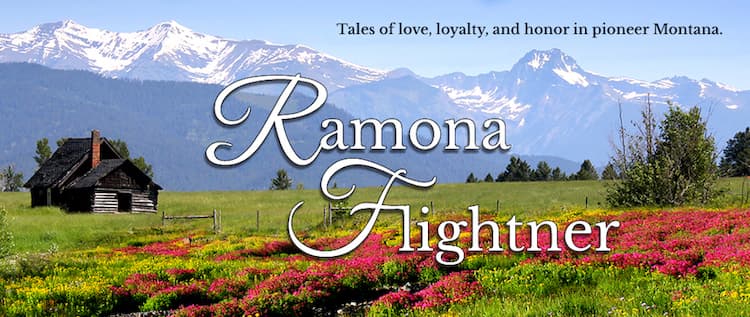By Ramona Flightner/ @ramonaflightner
I imagine when many of you read the title of this blog post, that you think of the favorite book you have read recently. Maybe it’s a New York Times Bestseller. Or a deeply literary novel. Or a fantastic memoire. At work, everyone seems to be devouring The Hunger Games, and I love seeing how the interest for a book spreads through a group. I am just beginning the trilogy and I, too, am loving it.
However, I am not speaking of those books when I talk of my love of books. I am talking about the books I have come to rely on for research. The obscure books that many will never hear of but are essential for me to create my character’s world. The books on Victorian etiquette. The books filled with pictures of Boston in late 1800’s/ early 1900’s that helped me visualize the city when Clarissa walked home from her school. The books on carpentry, blacksmithing, dress, etc, etc. I fear my house might start to overflow with these “obscure” books.
I recently visited the West End Museum and after my visit, I wandered the West End and realized the Otis House (http://www.historicnewengland.org/historic-properties/homes/otis-house/ was open for tours. I wandered in, knowing that it wouldn’t help much with my research as the Otis House was from the 1790s, but I wanted to learn more about the area and about old Boston. While I waited for the tour to start, I perused the books for sale. For the other people waiting for the tour, it took them about 2 minutes, if I am being generous, to realize there was nothing on the bookshelves that interested them.
For me, there were so many books that fascinated me that I had trouble choosing which ones to start with. Should I pick the Victorian walking tours of Boston? Or the Chippendale book for cabinetmakers? I sat down and thumbed through at least six books, excitement rolling through me at this unexpected treasure trove of books. When the tour started, all I could think about was which ones I wanted to buy.
The tour was fantastic, filled with great history of Boston and societal norms in the late 1700’s. I had no idea that when mothers sent their children off to be with wet nurses in the late 1700’s, they might not see their babies for an entire year. I guess that was the accepted standard for the very wealthy, but I still found it appalling.
Otis House is a beautifully restored, Federal style house designed by Charles Bulfinch. I always enjoy going into the basements of old houses and seeing how the servants worked and lived, but in this house that wasn’t possible. To prevent the house from being demolished when the city widened Charles Street years ago, Historic New England had to push the entire house back about 40 feet, losing access to the basements.
At the end of the tour, I chose three books to buy. Victorian Boston Today; Old House Dictionary: an illustrated guide to American domestic architecture 1600-1940, and What Style Is It?: A guide to American architecture. They will be very helpful for my research. Even more than for research, I am simply enjoying learning more about Boston and the world I live in.









